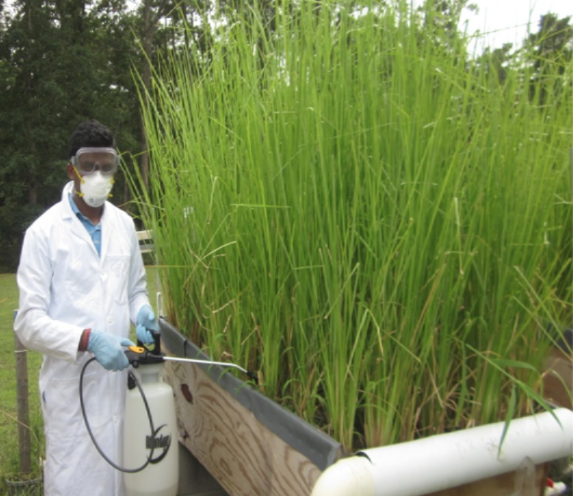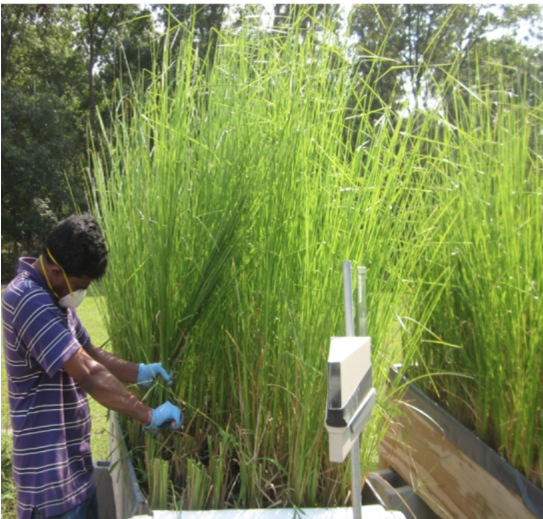The second application of EDDS of 30 mmol/kg was applied. As in the previous study, soil, leach, and plant root and shoot samples were collected before and 15 days after treatment. The concentrations of the root and shoot samples followed a similar pattern to the first EDDS application, with root samples uptaking more lead. The results also show that vetiver had a higher lead uptake compared to fescue, which did not show a significant difference between the first and second EDDS applications. Overall the second application further enhanced the lead uptake in the root, increased translocation, and enhanced phytoremediation of the contaminated lead paint soil (Datta, Sarkar, and Andra).

The amount of lead leach from the soil was analyzed. As a result, lead leaching was higher in the second application than the first. Still, it showed a similar trend to the first EDDS application with a higher lead leaching in fescue grass compared to vetiver. Due to the second EDDS application, more lead was solubilized and not taken up by the fescue grass. This caused more lead to leach out as a result. The leaching samples show a slight decrease in lead concentration from fescue, but that is mainly due to the leaching of lead rather than the lead uptake by the plants. Overall the result shows less lead in the vetiver grass compared to fescue. (Datta, Sarkar, and Andra).
Vetiver grass showed no signs of toxicity to lead or EDDS throughout the experiment. High lead concentration was shown to affect fescue grass with signs of yellowing, but EDDS was shown not to affect growth. Cut plants were harvested for composting and analyzed for lead. The results showed that lead leached was lower than the USEPA limit and can be disposed of as non-hazardous (Datta, Sarkar, and Andra).
